|
|||||||
| Community Links |
| Members List |
| Search Forums |
| Advanced Search |
| Go to Page... |
 |
|
|
Thread Tools |
|
|
#1 |
|
Veteran Member
Join Date: Aug 2021
Posts: 3,050
|
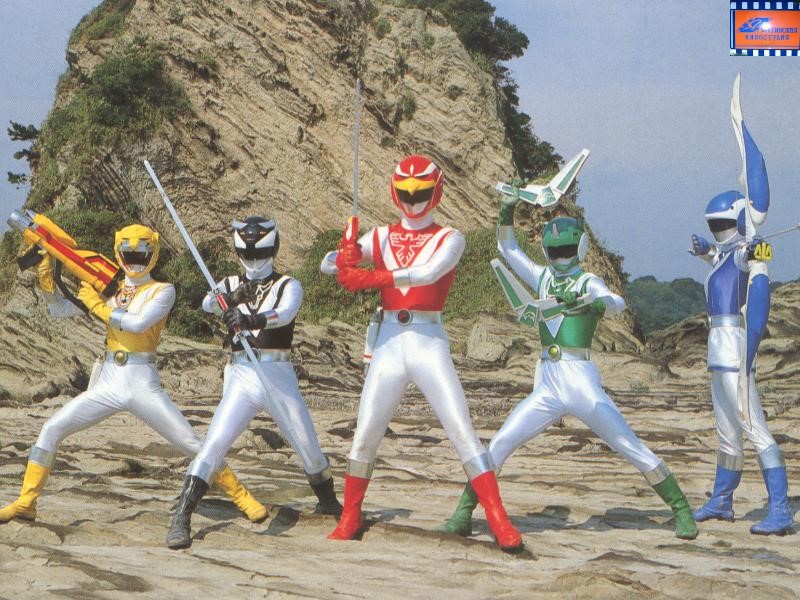 I was born in a country that no longer exists. Namely, in the USSR. This first successful communist state tried to prove the correctness of its chosen path for eighty years of its existence. To show that it was ahead of everyone else, and that others would have to follow in its footsteps, even if they didn't want to. The USSR was the first to build an industrial nuclear power plant (1954), launch an artificial satellite (1957), and send a man into space (1961). Cinema did not stand aside either. The USSR was the first to make a movie about giant robots (Loss of a Sensation. Robot of Jim Ripple, 1935), to show several people in zero gravity (Teens in the Universe, 1974), to shoot in space for a feature film (Return from Orbit, 1983), and even to make its own Die Hard twenty years earlier (1967). But few people know that the USSR also had a chance to get ahead of the United States in adapting Super Sentai. Despite their conflicted history and ideological differences, Soviet-Japanese cooperation in the field of cinema was not unique. To name a few: "Moscow, My Love" (1974), "Melodies of a White Night" (1977), "Step" (1988), "Under Aurora" (1990), "Dreams of Russia" (1992), the animated "Twelve Months" (1980) and "The Adventures of Lolo the Penguin" (1988). It is not surprising that the tokusatsu boom attracted the attention of Soviet filmmakers. And out of all the various shows and franchises, Super Sentai, with its already long successful history, themes of friendship and teamwork, seemed the most suitable candidate for adaptation. It is worth noting that in the late eighties, the USSR was not going through its best days. The introduction of market elements was destroying the economy, unilateral disarmament was causing doubts and controversy, conflicts were constantly arising in the Soviet republics and Warsaw Pact countries, and frequent terrorist attacks were disrupting the peace and tranquility of Soviet cities. Relations with the United States improved, and this paved the way for American blockbusters to enter Soviet movie theaters, TV sets, and video stores. Impressed by them, people demanded spectacle and action that their own cinema simply could not provide. Therefore, the idea of adapting a costumed children's show with lots of fights and explosions seemed like one of the possible solutions. The future project was called "Slavnye Spasateli", i.e. "Glorious Saviors" or, to keep the acronym, "Super Saviors". The filming of the Soviet parts was entrusted to the recently created Crimean film studio Yaltafilm because of the similarity of nature, so that the sea, mountains, and forests would be available. They chose the Liveman as the basis. The screening was scheduled for April 1, 1990. The plot at the beginning strongly resembles the Liveman with minimal changes. Five friends study at a progressive research institute, creating heavy-duty suits for spaceflight. This is Yura (Sergey Zhigunov, Sasha in Midshipmen films, Henry Morgan in "Hearts of Three" (1993) based on Jack London (by the way, the last film shot in the USSR) 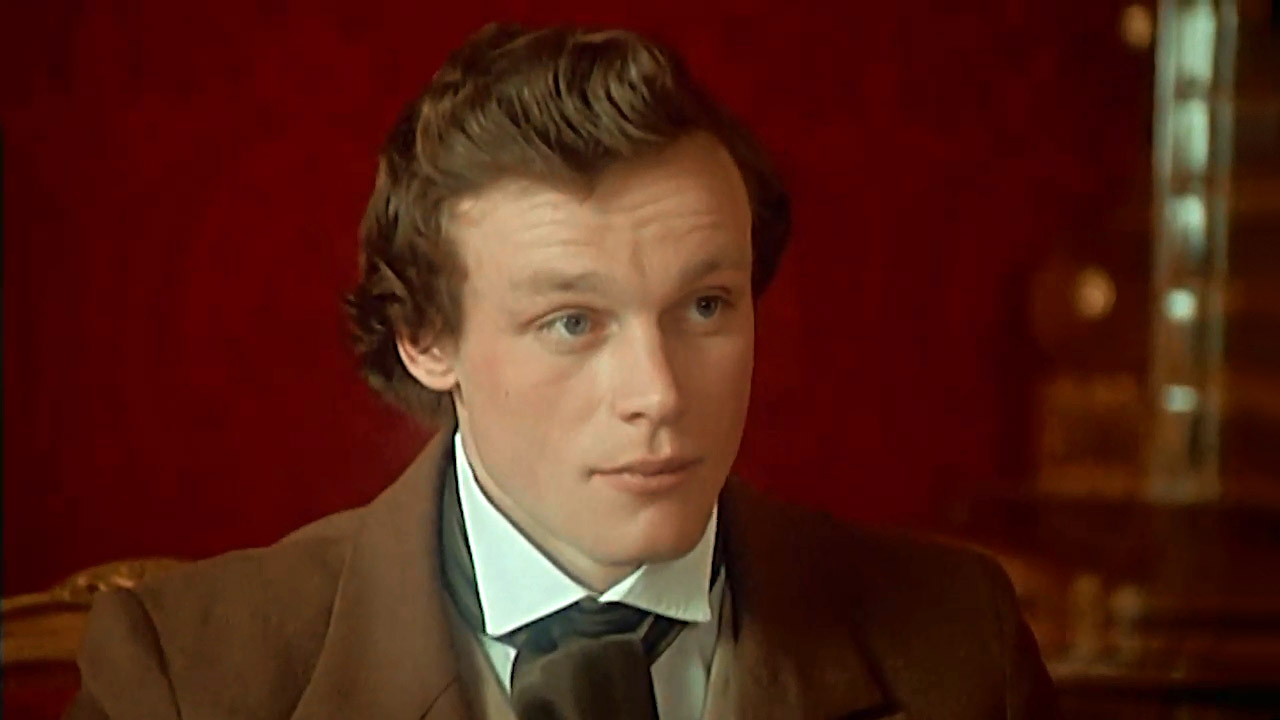 Marina (Tamara Yandieva, Parvin from "Babek" 1974, Maimkhan from "The Year of the Dragon" 1981, Lola from "If You Love" 1982) 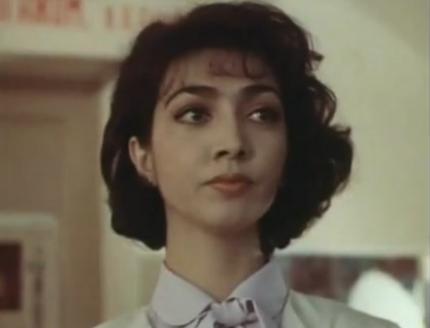 Ivan (Viktor Tsoi, mostly known as a rock musician, plays himself in "Assa" 1987, Moreau from "Needle" 1988). 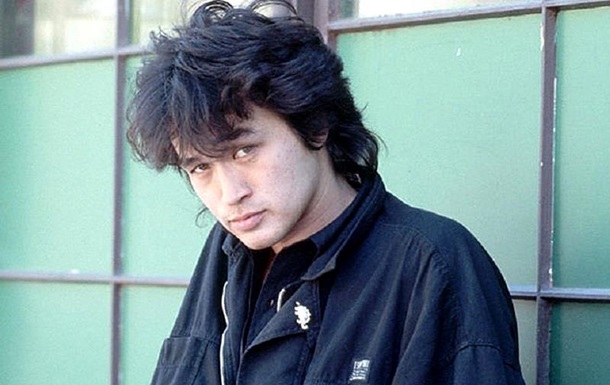 Tolya (Dmitry Kharatyan, Alyosha from the Midshipmen, Volodya from "The Green Van" 1983). 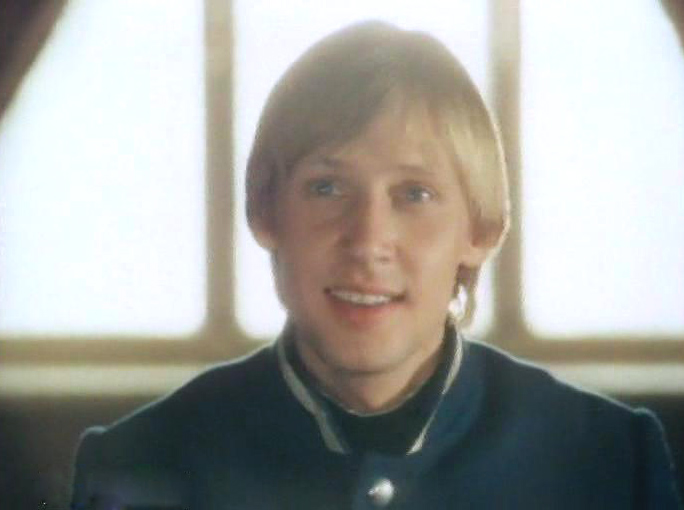 Masha (Galina Belyaeva, Olga from "My tender and affectionate beast" 1978, Joanna in "The Black Arrow" 1985 after R. L. Stevenson). 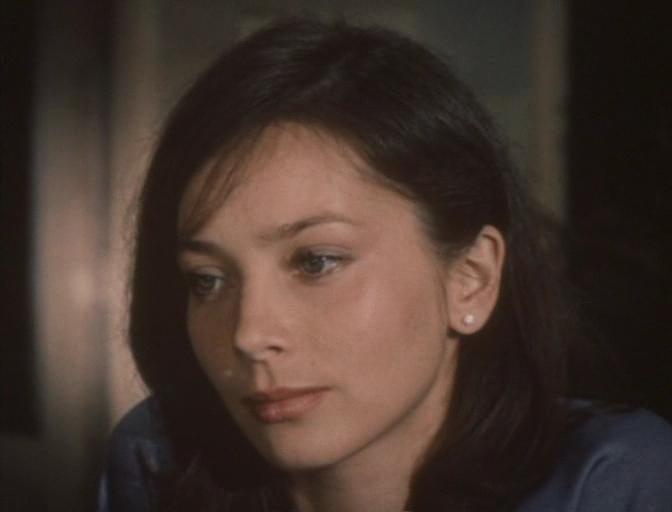 The quintet is so enthusiastic about their experiment that they work late into the night and that's why they notice three students about to leave the institute in a futuristic flying machine. Not yet realizing what has happened, the friends rush to them and one of the fugitives kills Tolya and Masha. The others swear to avenge their deaths. A year passes and an armada of unknown flying machines raids the institute during a solemn lineup, destroying it to the ground. The survivors are finished off by an army of Mohawk troupers led by the same three escaped students. Yura, Ivan, and Marina fight them off as the Red Eagle (I don't know why the screenwriters didn't like the falcon. Apparently, they decided that the eagle was cooler. Interestingly, in another soviet movie "It's Fine Weather on Deribasovska Street, it's Raining Again on Brighton Beach" (1993), a character, named Sokolov (Sokol is a falcon), is constantly called Orlov (Orel is an eagle)), Yellow Lion, and Blue Dolphin, respectively. Their battle with evil begins in order to avenge their friends, find out the motives of the traitors, and save the world. It is interesting that the actor for the role of the mentor-teacher was never approved, but candidates was Yevgeny Leonov (Yevgeny Ivanovich Troshkin/Docent in "Gentlemen of Fortune" (1971), Weef in "Kin-dza-dza" (1986), the voice of the Soviet Winnie the Pooh) , 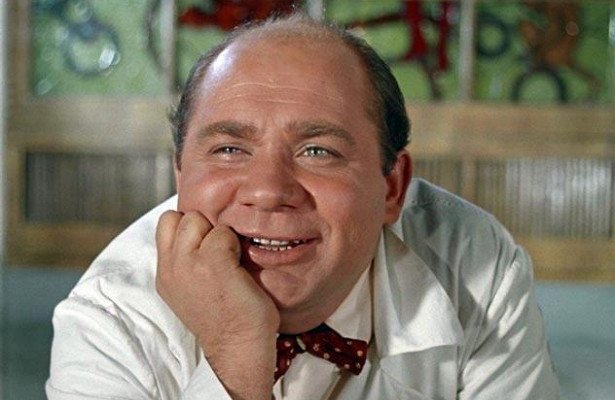 Yuri Nikulin (Booby in "Operation Y and Shurik`s Other Adventures" 1965, same role in "The Caucasian Prisoner" 1967, Semen Gorbunkov in "The Diamond Hand" 1969), 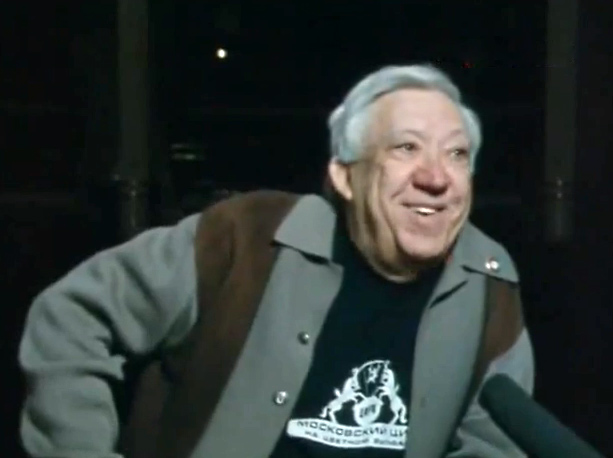 Frunzik Mkrtchyan (Dzhabrail in “The Caucasian Prisoner”, Rubik in “Mimino”, 1977). 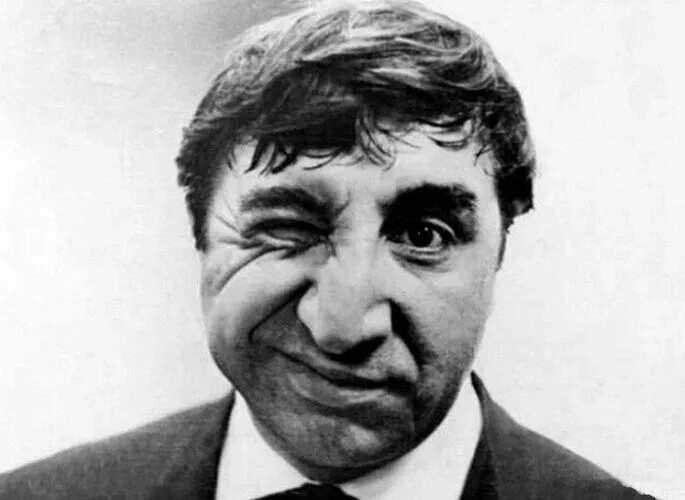 All of them are comedians, which suggests an intention to expand the teacher's role in the plot compared to the original show, where he dies in the finale of the second episode. Or maybe the writers wanted to attract the viewer with a familiar popular face and thus make the character's death even more significant and emotional. But you're probably wondering how they were going to adapt the villains of the Liveman series, since they all walk around with their faces open? The answer is simple: by dubbing and editing. And as for the battles with them, unlike Power Rangers, there were no plans to shoot any new action scenes for The Glorious Saviors. Neither costumed nor not. As I already wrote, at the end of the eighties, the USSR had neither the means nor the ability to shoot spectacularly, so it was planned to rely entirely on Sentai's footage. To do this, each of the MoTWs was given a human form in which they were supposed to do mischief until they were revealed by the Saviors. And for these forms they were going to use famous popular actors. In particular, they were going to involve Mikhail Boyarsky (D'Artagnan in the Musketeers films, Chevalier de Brilli in the Midshipmen, Black Jack from “A Man from the Boulevard des Capucines” 1987, Fernand in the 1989 Soviet-French movie “The Prisoner of Ch'teau d'If”, the best adaptation of the Count of Monte Cristo, the Wolf in “The New Year's Adventures of Masha and Vitya” (1975), and again the Wolf in “Rock'n'Roll Wolf” (1976). By the way, he and Zhigunov had a pretty cool fencing duel in the Midshipmen: ) 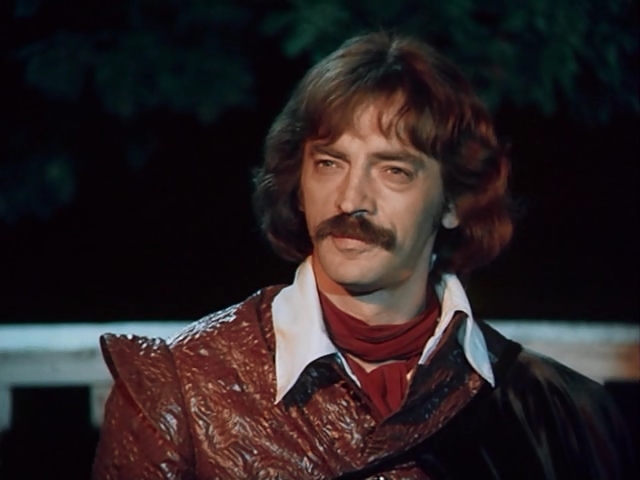 Aleksandr Abdulov (Bear in “An ordinary miracle” 1979, Ivan in “Enchanters” 1982), 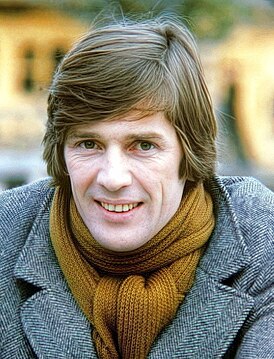 Vitaly Solomin (Watson in “The adventures of Sherlock Holmes and Doctor Watson”, Ivan Groznyh in “Die Hard” 1967), 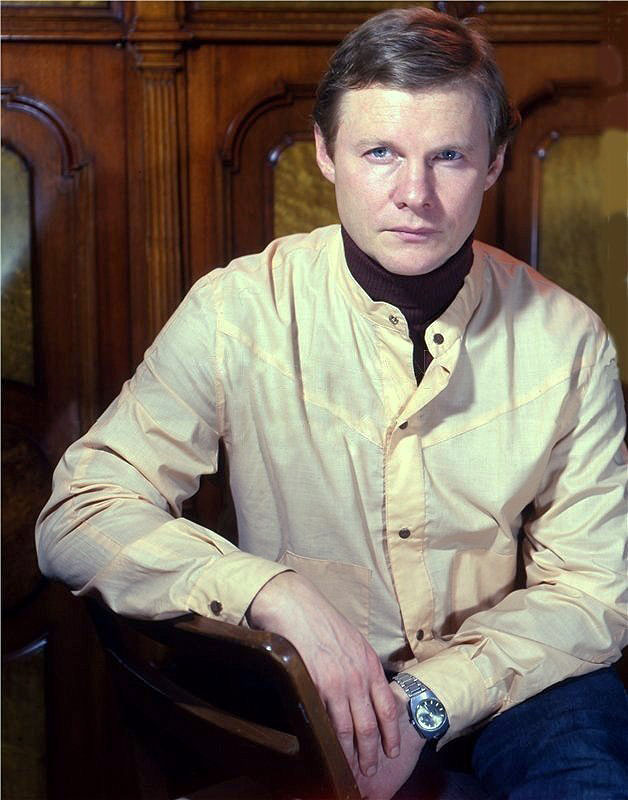 Lyudmila Gurchenko (Lenochka in “Carnival Night” b. 1956, mother goat in “Rock'n'Roll Wolf”), 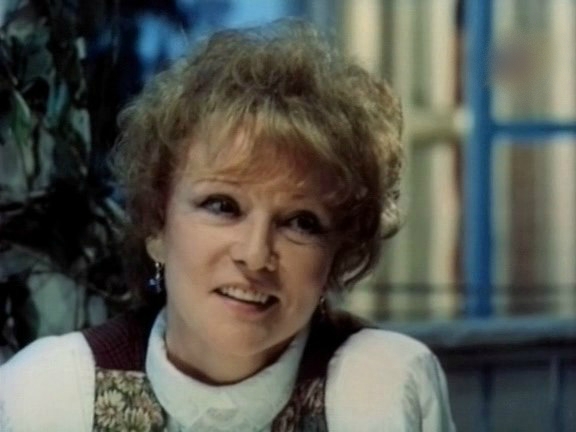 Alisa Frendlikh (queen in films about the Musketeers, Lyudmila Prokofieva in “Office Romance” 1977), 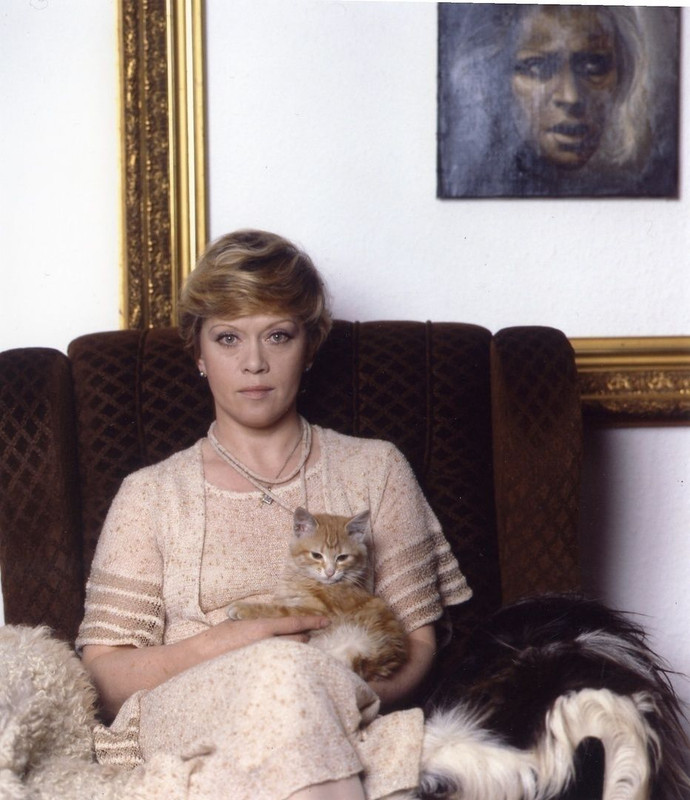 Svetlana Voronina (Princess Ori in “Rock and Roll for Princesses” 1991) 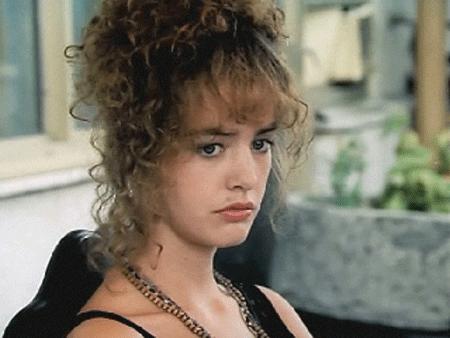 and many others. In general, it seems that the show was partially inspired by Batman of the 60s, trying to attract as many famous and adored actors as possible as funny villains per episode. As I see it, a standard episode of Glorious Saviors would look like this. First, an opening scene with our three heroes that sets the theme of the episode. Then, a re-enactment of Liveman's voiceover from the villains' base, where they announce their plans. Later, we see the human form of Brain Beast, who tries to carry out these plans, contacts the Saviors and is brought to light by them. A kind of Scooby-Doo in reverse, where a caught person turns into a monster. And then there is Sentai again with the final battle. The decision to embody Dr. Ashura was an interesting one. While in the Liveman he was a bully who was made smarter by Professor Bias, here the writers decided to reverse the character. Ashot, played by Boris Shcherbakov (who would later star in the 1993 kaiju movie Monsters), is kind, hardworking, and talented. 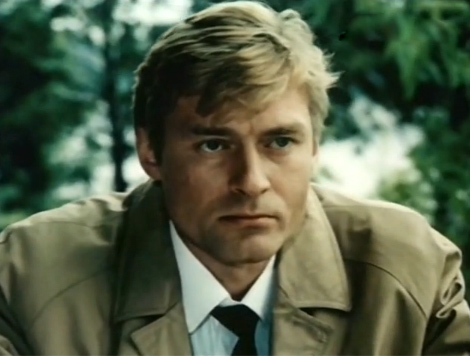 He is a role model for everyone around him, from his work colleagues to the neighborhood kids. Professor Bias decides that he will become invincible if he can recruit such a living ideal, an almost communist superman. Neither bribery nor threats work on the principled Ashot, so Professor Bias uses the Evil Ray on him. But even its effect turns out to be temporary, and then Ashot just temporarily turns into Dr. Ashura after being exposed to the beam or due to strong negative emotions. In short, it's a case of Jekyll-Hyde or Benner-Hulk, whichever is closer to you. And the fact that Shcherbakov does not look like Yoshinori Okimoto at all is explained by... disguise makeup. I guess you could say that he's doing Yellow Face, but it's frowned upon, so it's okay. I guess. Guildos and Butchy were supposed to be adapted without changes. I have nothing more to write about them. It is also worth noting that in The Saviors, Professor Bias was conceived as the final, but not the main evil. As he recruited the students, he himself had previously been recruited by unknown persons who gave him orders through the Guardnoid Gash. The identity of his leaders was supposed to be kept secret, but since the script suggested diluting Jimmers' squeals with English words, I'll venture to guess that this is an echo of the Cold War. On the other hand, such a move can be considered a tribute to Super Sentai's spy origins. Significant changes affected the Black Zubr (yes, the adaptation's writers did not like Bison either) and the Green Rhino, who appear in the show much later. Apparently, the scriptwriters had a stroke of creativity, because they decided not to make them younger brothers of Tolia and Masha. Instead, they are institute professors who went undercover to Armed Brain Army Volt and collected information about Bias. Of course, this decision creates a completely different dynamic between them and the rest of the rangers. The Black Bison is Timur Yakovlevich (Nikolai Karachentsov, D'Artagnan in 1981's “Dog in Boots”, сount Nikolay Rezanov from "Juno and Avos" 1983, Billy King from “A Man from the Boulevard des Capucines”, the Soviet voice of Belmondo). 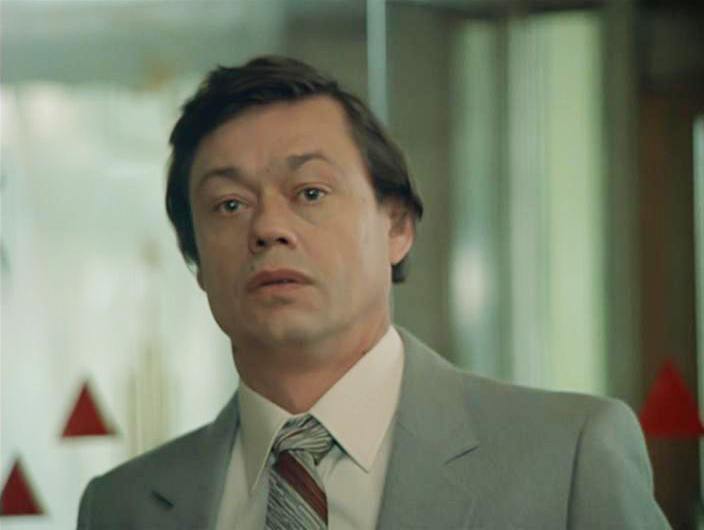 He is harsh and mysterious, demanding a lot and explaining nothing. The scenario states that he will give the main three a grueling workout, after which he will declare that they are worthless. He will also claim to be the leader of the team and will have many conflicts with the others. But by the final, of course, everyone will come to an understanding and realize each other's motives. The Green Rhino was conceived as his complete opposite. His name is Denis Alekseevich (Alexander Pankratov-Chorny, Stepan Arkadyevich in "We Are From Jazz" 1983, Gena in "Where is the Noftelette?" 1988) and he is described in the script as friendly, gentle, cheerful, but also very clumsy, inattentive, and loving. 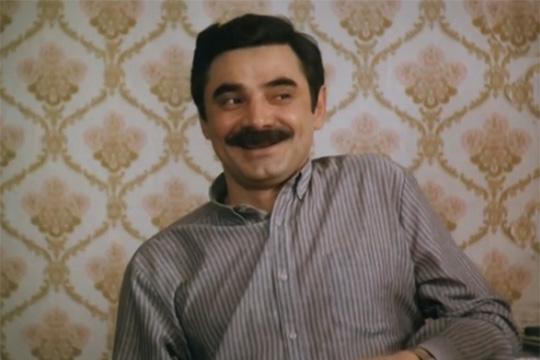 I think the episode with the man's pregnancy would have been great with him. In the conflicts between Timur Yakovlevich and the students, he was supposed to call for peace and compromise, but quickly retreat, frightened by the hot temper of both sides. As for the show's finale, the situation becomes completely strange (yes, as if it was adequate before). It seems that the writers regretted neglecting the Siblings' family connection. Or perhaps the popularity of "Escrava Isaura" (1976) and Indian films in the USSR had something to do with it. In any case, it turns out that Professor Bias is the brother of the Black Zubr and the father of the Yellow Lion. And the ending was not thought out at all. There were options for self-sacrifice of the heroes (or one of them) and mutual destruction, or complete victory and a sequel. But what kind of sequel can we talk about if we couldn't even shoot the pilot episode? So why did this show never see the light of day? It's easy to blame it on the collapse of the USSR, but that would not be true. After all, "Hearts of Three" was released three years after the country in which it was filmed disappeared. Most likely, the reason is the unbearable ambition of the project. It was almost impossible to bring together so many quite popular actors in such a difficult and unreliable time. Some were distracted by filming other projects, some stopped their careers, and some even passed away. Also, don't forget that Super Sentai is focused on selling toys, which was also very problematic to organize in the late USSR. There was always the option that instead of Bandai products, parents would buy their children plasticine and tell them to make Saviors and all their gadgets out of it. Therefore, these plans remained unrealized dreams. So on April 1, 1990, the Glorious Saviors was never released. But at least on April 1, 2025, I told you their story. Or I just made it up  . .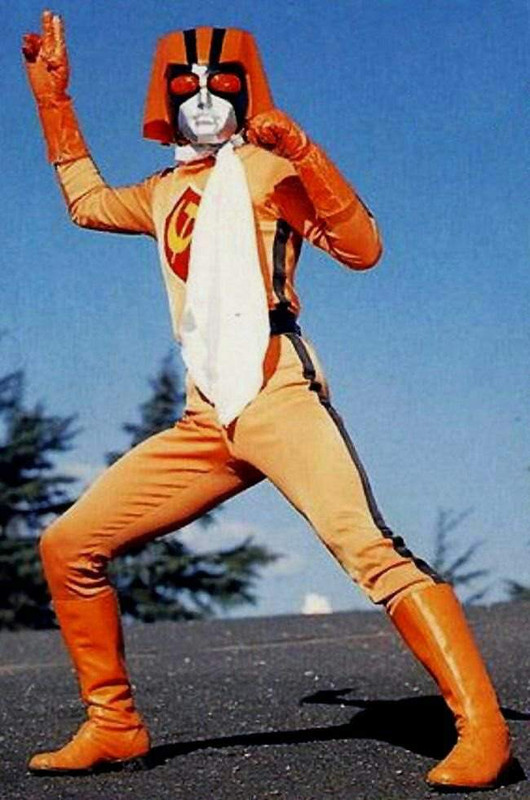
Last edited by Mesnick; 04-01-2025 at 03:43 PM.. |
|
|

|
|
|
#2 |
|
Some guy. I'm alright.
Join Date: Sep 2019
Location: Michigan
Posts: 5,290
|
Alright, you had me in the first half, I ain't gonna lie.
__________________
|
|
|

|
|
|
#3 |
|
Veteran Member
Join Date: Aug 2021
Posts: 3,050
|
|
|
|

|
|
|
#4 |
|
Some guy. I'm alright.
Join Date: Sep 2019
Location: Michigan
Posts: 5,290
|
Quote:
I figured it out at around the halfway point with the differing types of actor photos.
__________________
|
|
|

|
|
|
#5 |
|
Henshin Heaven
Join Date: Jan 2016
Location: Inside a Hyper Battle Video, help.
Posts: 1,499
|
Got a good chuckle out of me. Once I got to the pictures I went "Wait a second, it's April in some place right now".

|
|
|

|
|
|
#6 |
|
Veteran Member
Join Date: Aug 2021
Posts: 3,050
|
|
|
|

|
 |
«
Previous Thread
|
Next Thread
»
|
|
|
All times are GMT -5. The time now is 09:20 PM.
|









